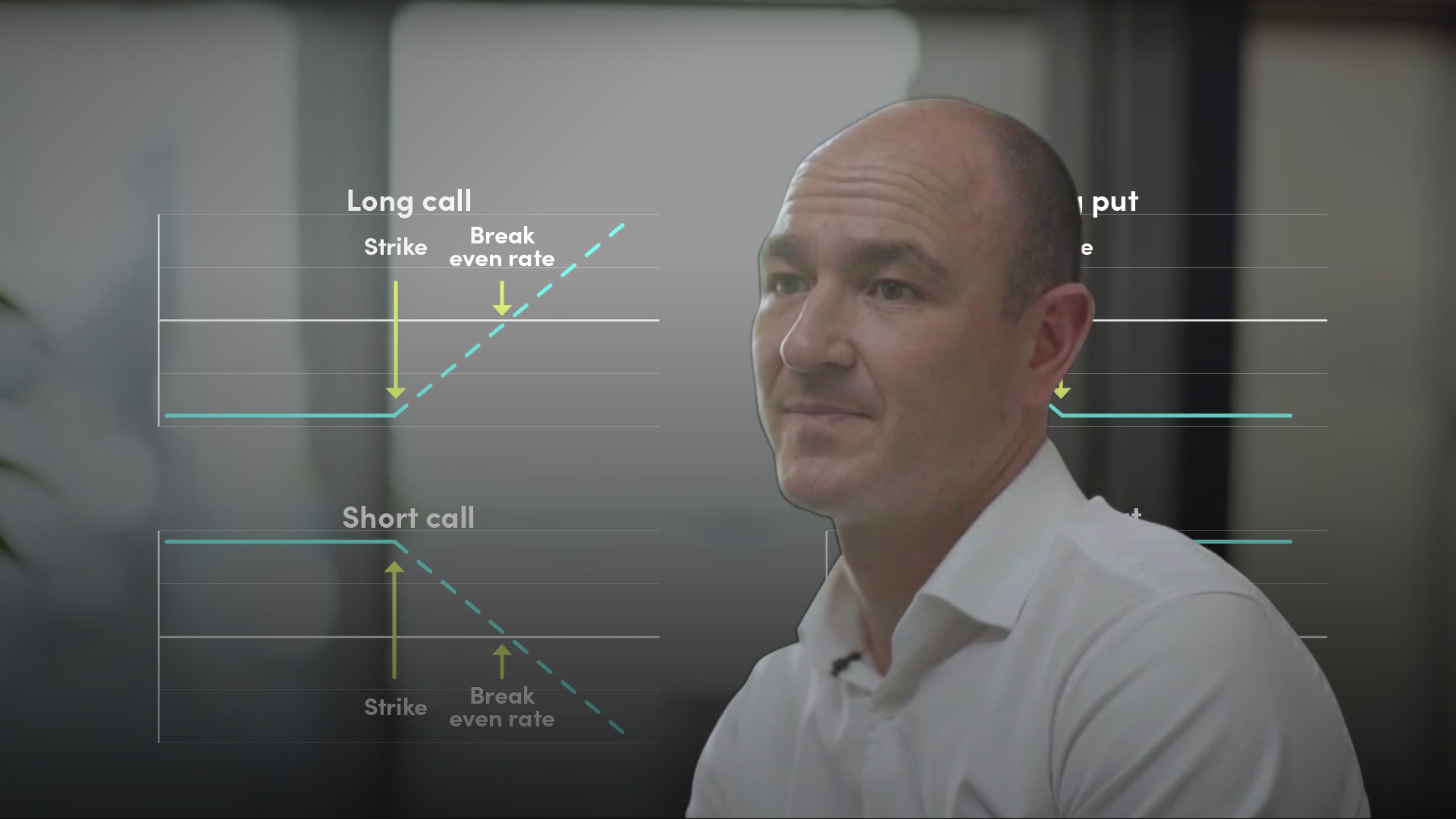
Straddle
An options straddle is an options strategy that involves the purchase or sale of call and put options on the same underlying at the same strike price and same expiry. In a long straddle, a trader buys a call and a put. The strategy pays off if the underlying rises above and falls below the premium outlay (which is the break-even). The trader has unlimited profit potential on the upside and significant profit potential on the downside (not unlimited since underlying can only fall as far as zero). Any loss is limited to the premium outlay and this can only happen if the underlying is at the same price as the strike price at expiry, in which case both options expire worthless. A short straddle is a much riskier position and profits only if the underlying trades in a narrow range or if volatility declines. Setting up a short straddle is the opposite of its long counterpart: it involves the sale of a naked call and a naked put on the same underlying at the same strike price and same expiry. The trader here collects premium from both legs of the options trade but is open to unlimited loss on the upside and material loss on the downside.


